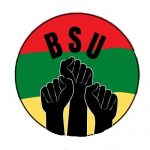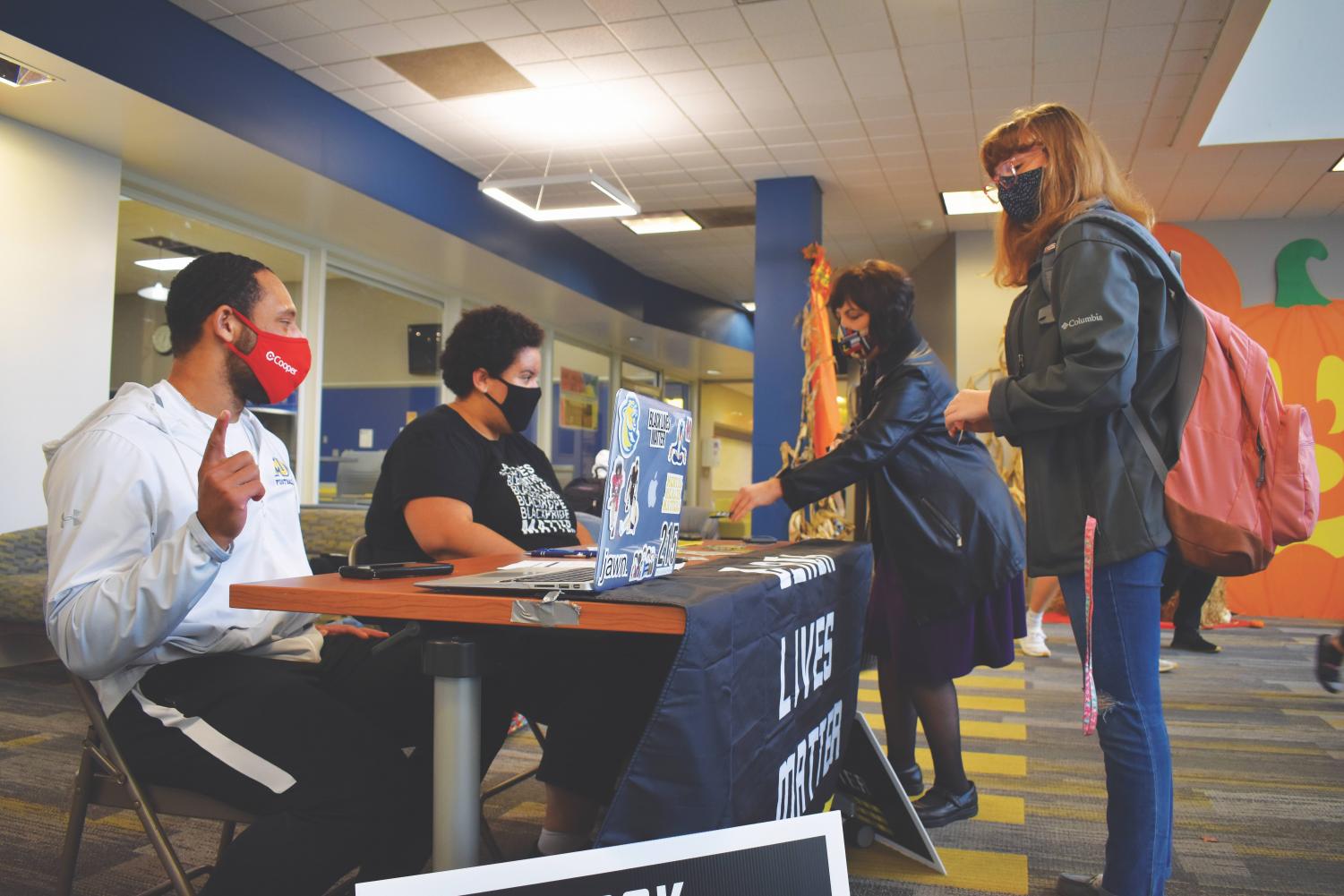Black Student Union, Multicultural Club Team Up to Increase Student Involvement

Members of the Black Student Union will join the Multicultural Club with collaborative events.
In the past year, the COVID-19 pandemic has made it difficult for campus clubs to operate normally and as frequently as they did before. The Black Student Union, which was officially formed during the fall 2020 semester, has shown some immunity to this, as members have been consistently hosting virtual club activities and teaming up with other campus organizations to gain more interest from students.
But the story is different for the long-established Multicultural Club. The struggles of the pandemic paired with the graduation of several club officers has made it difficult for members to host events on a regular basis.
Members of the BSU hope to change that.
Tavion Rogers, senior government, law and national security and philosophy double major and president of the BSU, said the club is planning collaborative events with the Multicultural Club in order to help raise awareness of their presence on campus and create an even bigger safe space for minority students. He believes the value of clubs collaborating is their ability to have a greater impact.
“The way to overcome obstacles is to work and learn from others in order to be successful and not go into a period of isolation,” he said. “When two clubs work together, they expand their reach and ensure that nobody is being left behind.”
Rogers said that while having two clubs dedicated to racial minority students can sometimes “create unnecessary distinctions,” he believes both the BSU and the Multicultural Club are united in their goal of making campus a more comfortable place for people.
“While the BSU may focus on the Black experience on campus, the Multicultural Club could be more equipped in addressing issues concerning the Asian-American experience. But a very important factor each club is attempting to eliminate racist practices and ensure people are comfortable in these environments,” Rogers said.
Iana Davis, mass communications and design alumnus and former vice president for the Multicultural Club, said both clubs play an important role in exposing students to diversity.
“College gives students the opportunity to understand the world from different lenses,” she said. “Supporting clubs like this to make people feel included or to gain other perspectives besides the ones we are custom to is massively important.”

She said during her time as an officer, the Multicultural Club often felt like an unofficial union for Black students, so she is happy to see a separate club be made for them and the issues unique to them. However, she added that she looks forward to seeing how the two clubs team up and show support for each other’s missions.
“Both clubs promote and educate students about their culture, where they come from, what makes them who they are, so both play an important role,” Davis said.
Davis believes the pandemic has caused people to “shy away” from getting involved with clubs. At the same time, she said she thinks faculty and staff investing more support into them may help garner more interest from students.
“You can’t force students to care, but you can ask for the professors to help run those clubs,” she said. “They are still students who are trying to figure everything out so if you’re asking students to commit then so should the higher-ups who teach and help clubs.”
Rogers said he anticipates pandemic guidelines will make collaboration between the clubs difficult, but he emphasized that the most important factor is student engagement.
“Simply put, active clubs have support from a wide-ranging amount of students and faculty, while less active clubs usually do not have that support,” he said. “Without student involvement it just becomes difficult to be active consistently.”
He hopes engaging with students from both clubs will demonstrate not only the importance of student support but also collaboration.
“I believe the more we work together and include the voices of others, the more effectively we can achieve our goals,” he said.
